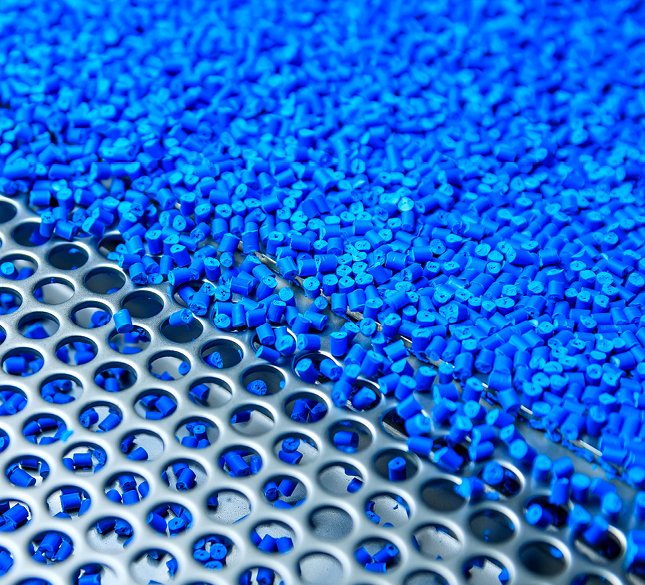We believe in the quality of the product we sell. However, we understand that our fabrics have embodied energy and that more sustainable choices are the pathway to a secure future. We also understand that we need to inspire change, together with our suppliers, and source innovative fabric and transportation solutions that are fit for purpose.
According to available data, the textile industry category, which includes household, technical fabrics, fashion & clothing, are responsible for approximately 10% of all global emissions.
Fabrics have an environmental impact, beyond carbon

Using the Higg Index, we can assess the following:
Being an energy intensive process, fabric production has a significant contribution to global warming. We can now understand the fabrics embodied energy and how to improve this and/or make alternate fabric selection decisions.
Natural fabrics consume a large amount of water during production and contribute to eutrophication. The selection of these types of fabrics can now be limited by understanding the data from Higg.
The production of fabrics leads to resource depletion by consuming raw materials at a faster rate than they can be replenished - e.g., by burning fossil fuels.

There is no silver bullet when it comes to choosing the “right” fabric.
There is not a single fabric that has zero footprint across all impact categories.
However, when we look at insights from the Higg Index for our material selection, we can conclude that recycled polyester is currently one of the better choices
